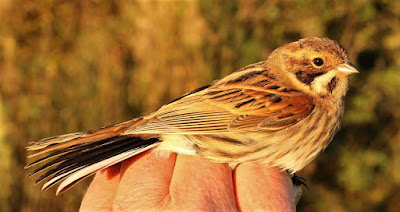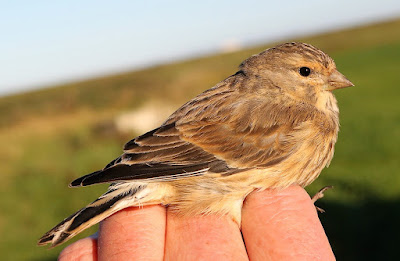There is a brand new guide to European Birds due to cause a stir among birders ever eager to have the most up to date in field guides. Rob Hume Robert Still, Andy Swash and Hugh Harrop the four co-authors of the bestselling Britain’s Birds: An Identification Guide and British Birds have followed up with “Europe’s Birds: An Identification Guide” - “the most comprehensive single-volume photographic guide to Europe’s birds ever produced”.
Covering 900 species in 640 pages, 4,700 colour photos, 540 maps and at a very reasonable price it’s impossible to see how this latest WILDGuide can be anything but another winning-formula best seller.
Before discussing the book and contents there’s a word or two of caution here that is probably unnecessary for most birders - buying bird ID books can be like buying the latest technology.
Just as we think we have the latest and best camera, binoculars or telescope, a newer model appears that promises to surpass everything that went before.
Just as optics change, usually without warning, so does taxonomy, the science that deals with the description, identification, naming and classification of bird species or families. Taxonomy is open for questioning whereby an element of previously “settled” science quickly becomes outdated and/or obsolete, just like that pair of Zeiss bins, the bees-knees of 2019.
Now more than ever a buyer must accept that a date line is inevitably drawn with printed field guides and that keeping tabs on a species in the ever-evolving field of science isn't feasible through printed books alone. To this end buyers and/or readers should note that Europe’s Birds follows the treatment of species and sub species and scientific classification of BirdLife International rather than The International Ornithologists' Union or other bodies. Confusions and disagreements over species and subspecies do and will arise, especially when discussions around a single global bird taxonomy system are still ongoing between ornithological institutions.
Rather than rely upon print alone a birder must keep their ear to the ground by other ways, such as the Internet, bird forums & chat, and regular publications and decide when to lose a tick or claim a new one. Of course there are many bird enthusiasts who simply want to
enjoy birds and their own projects without stressing over the seemingly endless
splitting and lumping discussions between the birding “elite” and the hugely popular
but unscientific twitching and listing scene.
Through this latest volume Europe’s Birds shows again how recent advances in camera optics and a photographer’s ability to fully exploit this progress have led to the demise of line drawn and painted guides, books that are not obsolete but now used by fewer birders.
The quality of the photographs from 350 worldwide photographers displayed in Europe’s Birds is mostly stunning, exceptional or simply the best on offer, so much so that I struggled to find one below the high bar set by this latest example of photographic art. I think that by 2021 the majority of birders are won over by photographic field guides as exemplified by the WILDGuides series. These are books that provide precise, enjoyable and reliable identification that simply wasn’t available, even less guaranteed through even the very best line drawn books of yesteryear.
The style, format and layout of Europe’s Birds follow the winning ways of the many before, so to most people reading this review a description how and why this works so well is superfluous.
For those unfamiliar with the splendid WILDGuides presentations, the pictures below serve to illustrate the point of their user-friendly layouts and information delivery.
It may be unfair to pick out pages for special mention but I was particularly excited by my own favourites but also ones that fit the authors’ criteria for inclusion in choosing the most natural and informative examples.
Merlin & Red-footed Falcon, Pages 312/313 - Europe's Birds - Princeton Press
Europe’s Birds is open to birdwatchers of all abilities and experience with many, many pages to simply enjoy or from which to verify, learn or check understanding - there is something for everyone. And at just £20 or less from non-Princeton outlets the book will be bought by a huge numbers of birders.
With 640 pages this book is a weighty tome and not very portable and I note that the sub-title is "An identification guide", rather than a "field guide". It's hard to see how so much information could be compressed into something that would travel easily unless a user buys the Kindle version.
Following the Covid pandemic there is huge pent up demand to restart travel, not least for locked down birders who long to return to the birding hot spots of Europe, armed with the best available field guide for their journey. This book is the one and I only hope that Princeton have done their homework and printed enough copies of Europe’s Birds to satisfy the demand of coming weeks and months.
I confidently predict a sell out, so get your order in quick.
Europe’s Birds: An Identification Guide
Price: $29.95 / £20.00
ISBN: 9780691177656
Published (US): Dec 7, 2021
Published (UK): Oct 12, 2021
Pages: 640
Size: 5.87 x 8.25 in.
Illus: 4,700 colour photos + 540 maps

























































.jpg)














